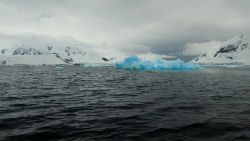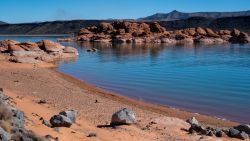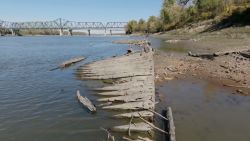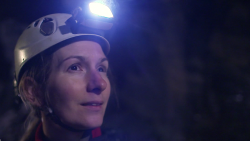Story highlights
NASA says rising sea levels threaten to disrupt launch sites along the U.S. coast
More than half of NASA's infrastructure stands within 16 feet of sea level
NASA’s rockets are astounding machines, capable of blasting into space at thousands of miles per hour and withstanding temperatures twice the melting point of steel.
But they can’t take off underwater.
Rising sea levels caused by melting ice caps threaten to disrupt a handful of NASA launch sites along U.S. coastlines, the space agency warns. In the coming years, launch facilities at Florida’s Kennedy Space Center and other places may need to be retrofitted or even moved inland, NASA says.
“Every NASA center has its own set of vulnerabilities, and some are more at risk than others,” NASA climatologist Cynthia Rosenzweig said in a recent post on one of the agency’s websites. “But sea level rise is a very real challenge for all of the centers along the coast.”
In other words, NASA has a lot of people and property potentially in harm’s way, especially in a big coastal storm.
NASA says that more than half of its infrastructure stands within 16 feet of sea level. That includes more than $32 billion in laboratories, launch pads, airfields, testing facilities, data centers and other stuff – plus 60,000 employees – from Florida to California.
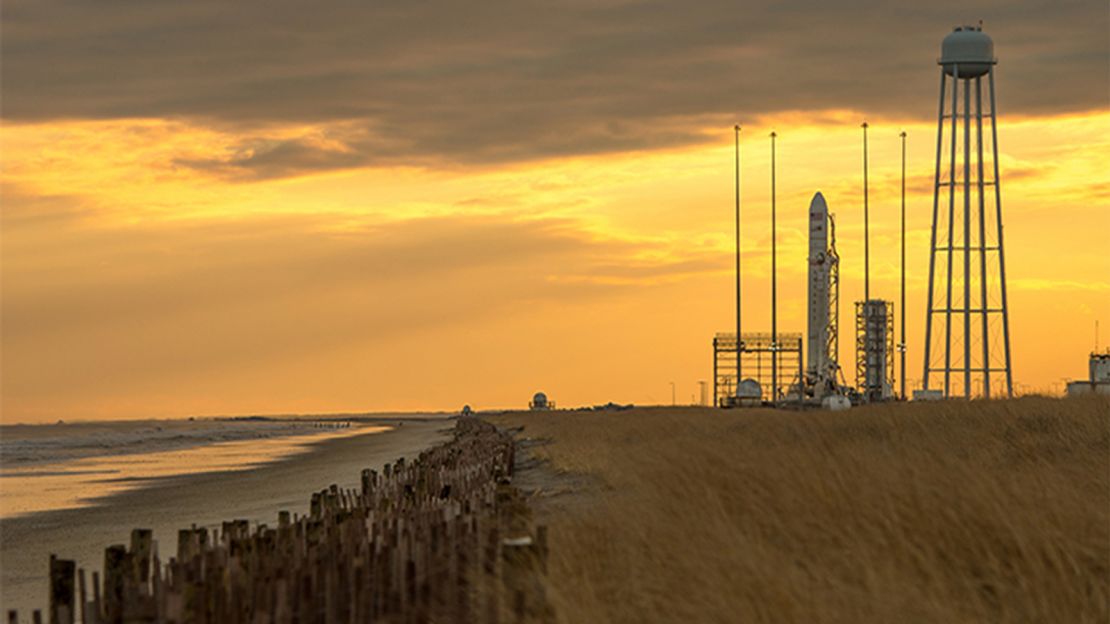
At Kennedy, the starting point for almost every NASA human space flight, the launch pads and buildings sit just a few hundred feet from the Atlantic Ocean. The same is true at Wallops Flight Facility in Virginia, an active rocket launch site for NASA’s science and exploration missions.
Langley Research Center is on the Back River in Hampton, Virginia, near the mouth of Chesapeake Bay. Ames Research Center borders the south end of the San Francisco Bay. Johnson Space Center in suburban Houston sits on Clear Lake, an inlet of Galveston Bay.
All of them stand between 5 and 40 feet above mean sea level – higher, actually, than NASA’s Michoud Assembly Facility in New Orleans, which sits below sea level behind earthen levees. After Hurricane Katrina, Michoud employees had to pump more than a billion gallons of water out of the facility, NASA says.
Most of Kennedy, NASA’s flagship launch site, is built on coastal marshland about 5 to 10 feet above sea level. The high-tide line there has been moving landward for some time, and NASA says conservative climate models project that the sea level off Kennedy will rise 5 to 8 inches by the 2050s.
“Kennedy Space Center may have decades before waves are lapping at the launch pads,” coastal geologist John Jaeger of the University of Florida said in NASA’s post. “Still, when you put expensive, immovable infrastructure right along the coast, something’s eventually got to give.”
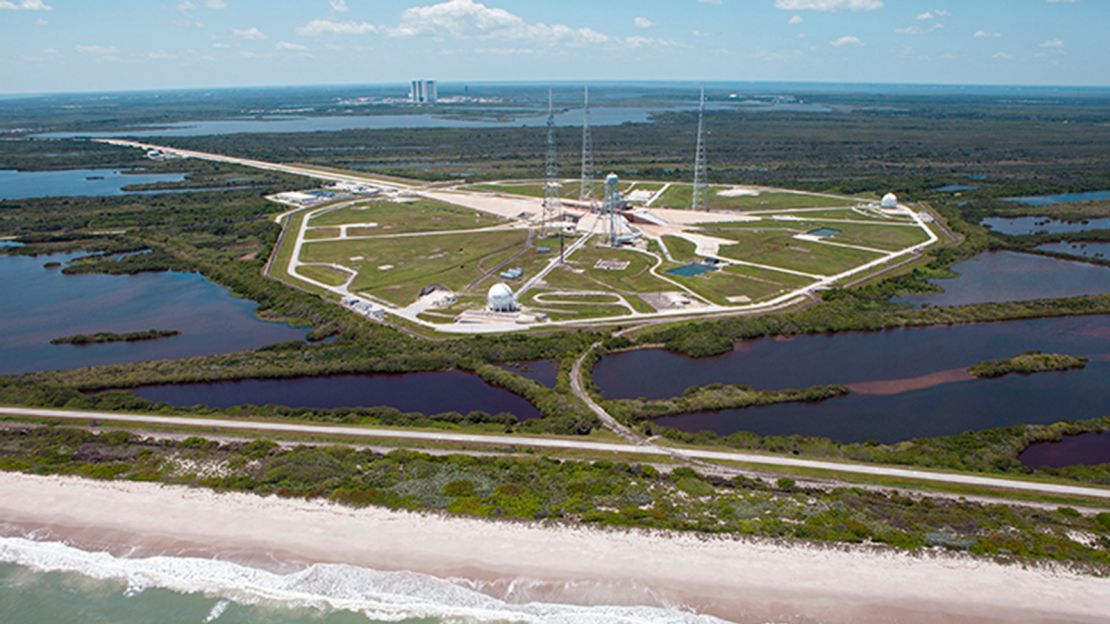
Given this problem, you might wonder why NASA built so many key facilities so close to coastlines in the first place. The answer is that decades ago, the U.S. government decided to fly most of its rockets and experimental aircraft from the coast because failures happen, and they are less dangerous to the public when they occur over water.
So what can be done to fix this?
For solutions, NASA is turning to people like Rosenzweig, who advocates a long-range plan incorporating aspects of civil engineering, urban planning, facilities construction and other areas.
In other words, NASA says it will need to design smarter buildings and rebuild others. In some cases, crucial laboratories, storage or assembly rooms will need to be moved to higher floors. And repairing sea walls and rebuilding sand dunes along launch pads may become part of routine maintenance at Kennedy Space Center.
Rosenzweig believes that whatever NASA does to mitigate flooding should be an innovative, flexible solution that can be adapted as conditions change.
“What makes sense for us to do now? And what might we have to do later?” she asked. “We have to consider and understand the risks and then build something that can be adjusted.”







